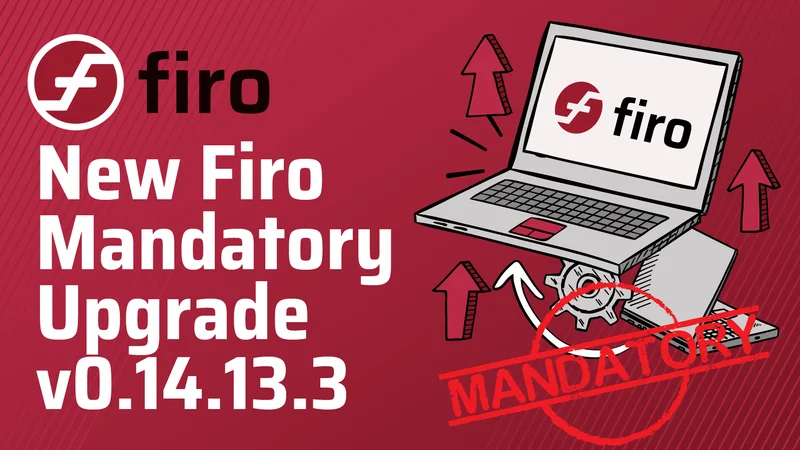Imagine peering into the future, not with tarot cards or tea leaves, but with the cold, hard data of hyper-accurate weather forecasts. That's essentially what Forecast Informed Reservoir Operations (FIRO) is doing for California's water management, and let me tell you, it's a game-changer. Forget the dusty old water control manuals from the 1950s; we're talking about a real-time, AI-powered crystal ball for our reservoirs.
This isn’t just some incremental improvement; it's a fundamental shift in how we think about water, a resource so vital that it underpins everything. For decades, reservoir management has been stuck in a calendar-based rut, releasing water based on historical averages, not on what’s actually coming down the pike. FIRO throws that out the window, using advanced weather forecasting to make informed decisions about when to release water to prevent floods and when to hold it back for drought. It's like going from a horse-drawn carriage to a hyperloop overnight!
Lake Mendocino was the proving ground, the first to embrace this new paradigm. The results? Stunning. In a dry year like 2020, FIRO boosted water storage by 19 percent—that's over 11,000 acre-feet of water that would have otherwise been lost. And it’s not just about quantity; it’s about smarter, more efficient management. We're talking about avoiding the "fear of missing out" (FOMO) on water, as one article put it, by knowing exactly when and how much to release. FIRO to Avoid Water FOMO: How to Save Every Drop with Smart Reservoir Operations in California
Think about the implications. No more relying on outdated models that can’t keep up with the increasing unpredictability of climate change. FIRO allows us to adapt, to be nimble, to respond in real-time to the ever-shifting conditions on the ground. This isn’t just about saving water; it’s about building resilience, about ensuring that California can weather the storms—both literal and metaphorical—that lie ahead.
But let's be clear: this isn't a silver bullet. Forecasts, even the best ones, aren't perfect. There's always a degree of uncertainty, a margin of error that needs to be accounted for. But that's where the real genius of FIRO comes in. It's not just about predicting the future; it's about managing risk, about using the best available information to make the most informed decisions possible. According to the original report, the FIRO program is run by a committee comprised of members representing USACE, Sonoma Water, Scripps CW3E, National Oceanic and Atmospheric Administration, and California DWR.

And it’s not just staying in California, either. We’re seeing similar approaches popping up across the country and around the world, from Seattle to the Tennessee Valley, Australia to Japan. It’s a global movement, a recognition that we need to rethink our relationship with water, to embrace innovation and collaboration in the face of unprecedented challenges.
What I find truly exciting, though, is the potential for AI to take FIRO to the next level. Imagine weather models so precise, so granular, that we can predict rainfall patterns weeks, even months, in advance. That's the promise of AI, and it's a promise that could revolutionize water management as we know it.
Of course, with great power comes great responsibility. As we become more adept at manipulating our environment, we need to be mindful of the ethical implications. We need to ensure that these technologies are used for the benefit of all, not just a select few. We also need to acknowledge that implementing FIRO requires a culture shift, a willingness to embrace new approaches and challenge old assumptions. It means investing in the expertise and infrastructure needed to make it work, and it means fostering collaboration between scientists, water managers, and local communities.
This is more than just a technological fix; it's a paradigm shift. It's about moving from a reactive to a proactive approach, from simply responding to crises to anticipating and preventing them. It’s about harnessing the power of data and technology to create a more sustainable, resilient future for all. It's like the shift from fixed-wing aircraft to tilt-rotor aircraft, which combines the vertical lift capability of a helicopter with the speed and range of a fixed-wing aircraft. What does this mean for us? It means we're not just adapting to climate change; we're actually getting ahead of it.